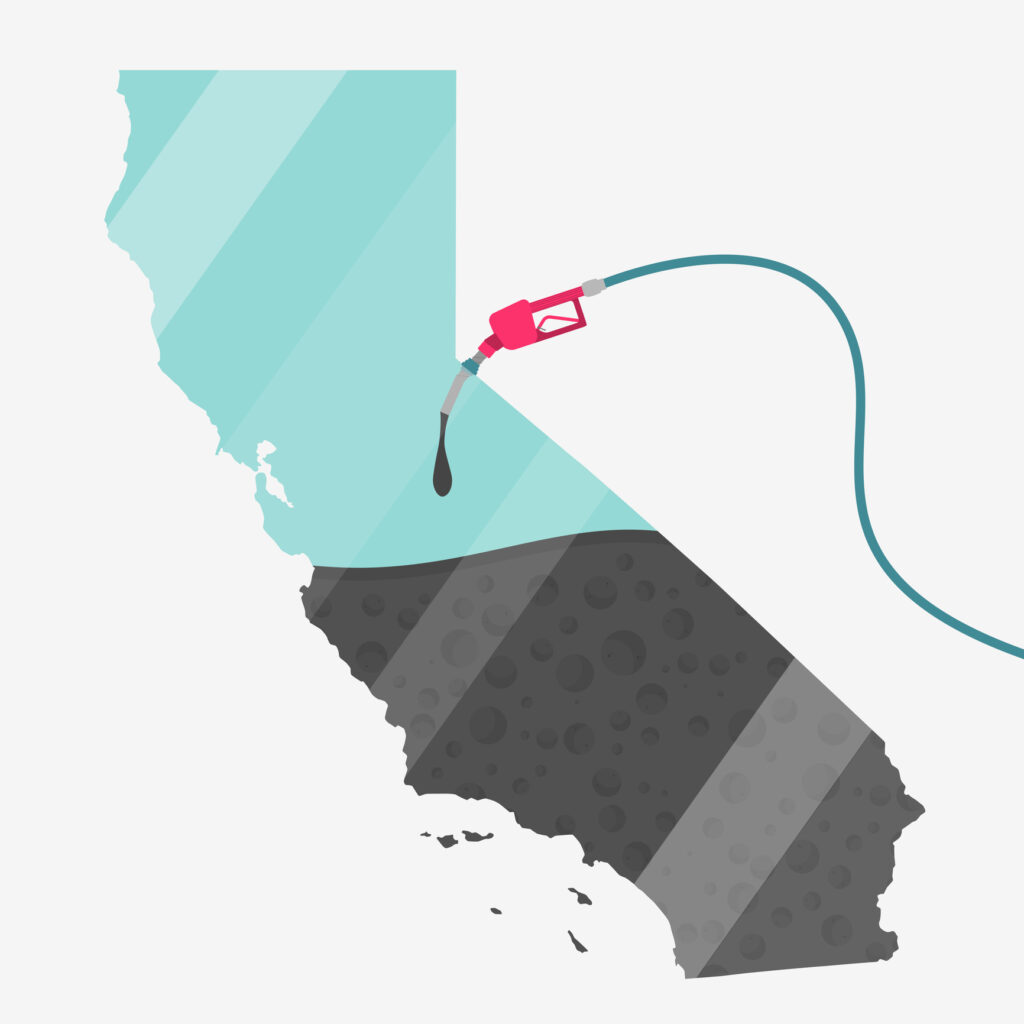The Earth’s northern hemisphere is a significantly greener place today than it was 20 years ago, according to satellite readings reported in the Journal of Geophysical Research. Satellite images show lush plant growth has accelerated throughout the northern hemisphere, with the most noticeable gains occurring above 40 degrees north latitude (a line running through New York City, Madrid, and Beijing).
Using a satellite designed to measure changes in vegetation, Dr. Liming Zhao and five coauthors concluded the productive growing season in parts of northern Eurasia lasts 18 days longer per year than it did in 1981. The productive growing season in some areas of northern North America lasts 12 days longer.
The paper speculates the greener hemisphere is due to a combination of heightened atmospheric CO2–a well-documented super-fertilizer–and a corresponding rise in mean temperatures.
Taking the paper’s temperature speculation at its word (although independent satellite temperature readings show no rise in temperatures over the past 20 years), the satellite data present a strong rebuttal to global warming alarmists’ predictions that dire consequences would follow any planetary warming.
Rather than producing the scalding heat waves and plant-killing droughts predicted by the alarmists, the data show recent increases in atmospheric greenhouse gases have created a planet more nurturing and favorable to life itself.
It’s the CO2
A still more devastating blow to global warming alarmists is delivered by the broader data.
The North American greening has occurred despite a cooling trend in northeastern North America. The flourishing of vegetation and extension of the growing season, despite cooling temperatures, shows it is the increase in CO2 itself, rather than any alleged global warming, that is primarily responsible for the vibrant health of plant life in the northern hemisphere.
The possible influence of temperature on greening would have been eliminated entirely, notes the Competitive Enterprise Institute’s Paul Georgia, if satellite data for the southern U.S., between 30 and 40 degrees north latitude, had been taken into account by Zhao and colleagues.
“Since the southern U.S. has greened significantly while temperatures have trended downward, including that data would have made the correlation between temperature and plant life disappear altogether,” says Georgia.
No room for debate
Scientists continue to debate which system for measuring global temperature is more accurate: human-collected surface measurements showing a moderate warming, or satellite atmospheric measurements showing no warming at all.
But the new satellite vegetation readings leave little doubt that increasing levels of atmospheric CO2 are creating a profoundly beneficial environment for the growth of trees, crops, and all other kinds of green vegetation.




